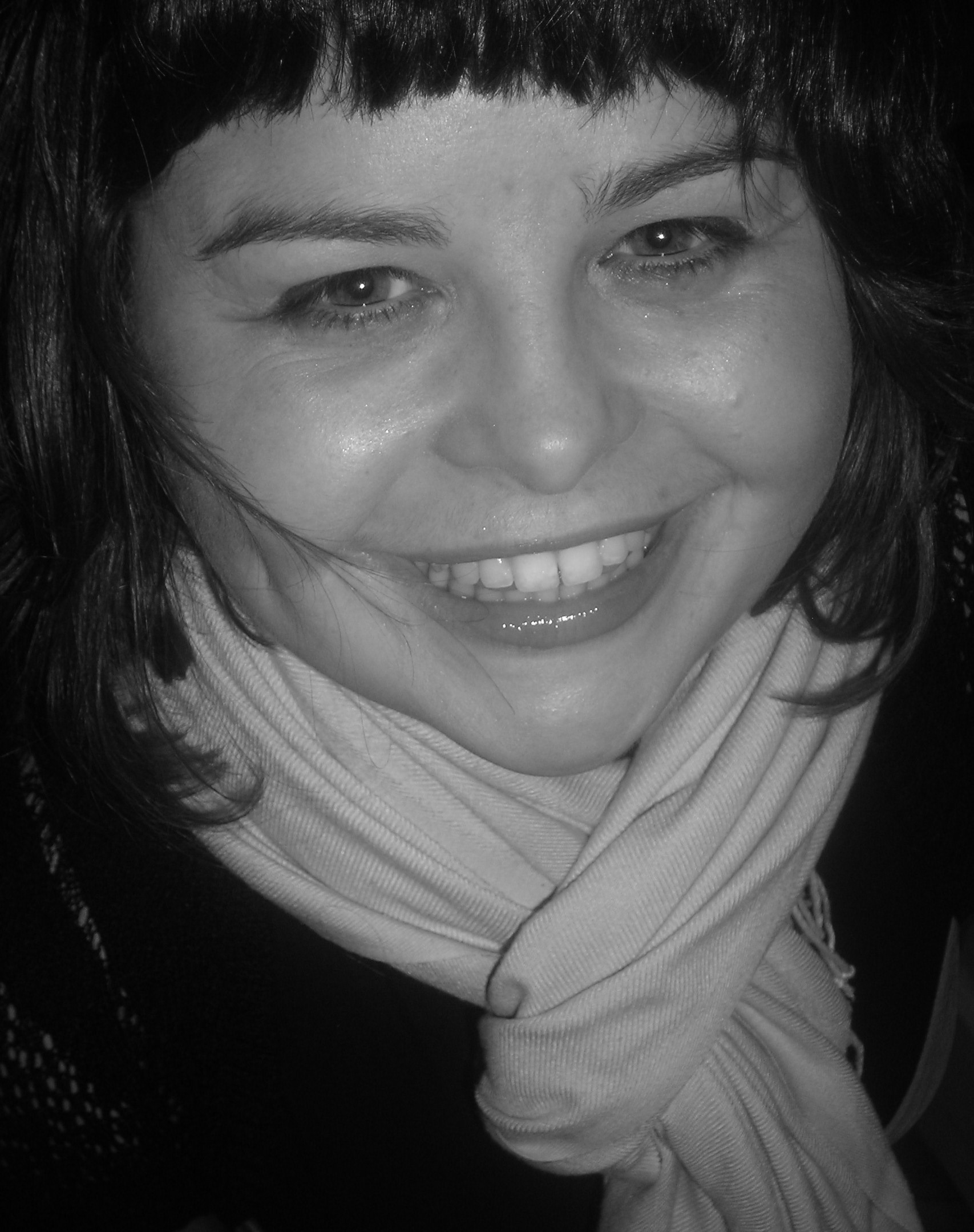Feeling anxious is something that everyone can experience at some point in their lives. It is our anxiety and fear response that protects us from danger. It is a healthy, normal emotion in response to feeling under threat, worried or nervous. These threats can be both physical - risk to life, fear of being hurt etc. or psychological - bullying, humiliation, loss. When we feel under threat our bodies instinctive physiological response is to trigger a release of hormones such as adrenaline. This may mean that your heart then beats faster, your breathing is shallow and more rapid, you may experience sweating and tension in your muscles. In acting in this way your body is getting ready to take action and protect you from the perceived threat.
However, anxiety is considered to be problematic if it significantly disrupts our day-to-day functioning and we find it difficult to deal with everyday life. This is particularly true if we have perceived everyday life events to be threatening; e.g. being in a crowd, using public transport etc or, we are struggling to control our anxiety. Anxiety can manifest in a number of ways and there are a number of recognised anxiety disorders which all share the general feature of excessive fear.
If you are experiencing anxiety in this way it could be that you experienced a distressing or traumatic event in your past which is reactivated when you face similar situations in your present life. You may, or may not, be conscious of the particular circumstances which caused the initial distress. If you are experiencing a more generalised anxiety it can be difficult to work out why you are feeling anxious, particularly if the anxiety inducing events in your present life do not appear to have a link to past experiences. In order to cope with your anxiety and experience a sense of control you may find yourself withdrawing from those situations which are anxiety inducing or self-medicating. This could lead to isolating yourself socially which can make it harder to get the support you need.
A combination of controlling your symptoms through a variety of strategies alongside identifying and understanding how your anxiety impacts on you, is a good approach to adopt in order to control and manage your anxiety.
It may be that you are more able to control your physical symptoms by a combination of techniques which focus on changing your bodily state. Breathing and relaxation strategies can help to slow heart rate, promote deeper breathing and reduce tension. Similarly incorporating some form of exercise into your daily routine will help to improve your overall mood and decrease the levels of adrenaline in the body. This approach, combined with a healthy nutritious diet, can help you to feel more at ease on a day-to-day basis.
It is also valuable to take some time to increase your awareness of what is causing your anxiety and how you respond to your anxiety:
- Are there external or internal factors which trigger your anxiety responses?
- Can you recognise the anxious thinking patterns you adopt when you are experiencing anxiety?
- What might you need to do in order to change your emotions and thinking around your anxiety?

